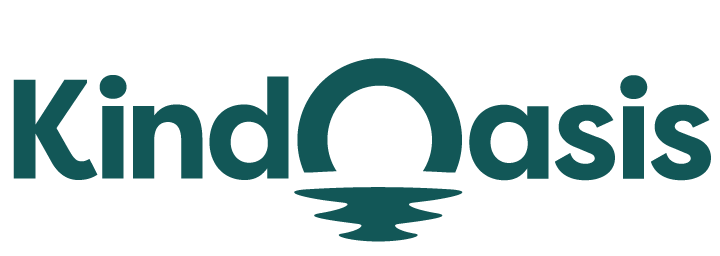What Are The Best Practices For Chatbot Design?
Try AI ChatbotDiscover top chatbot design practices to enhance user experience and engagement in your digital interactions.

Chatbots have revolutionized the way businesses interact with customers, offering immediate responses and support. If you're wondering, "What are the best practices for chatbot design?" this article will delve into essential strategies to ensure your chatbot delivers a seamless user experience. A well-designed chatbot can improve customer satisfaction, increase engagement, and drive conversions. For a deeper understanding of chatbot design principles, check out this comprehensive guide on chatbot design.
To maximize the effectiveness of your chatbot, it's crucial to integrate advanced tools like VanChat. This AI-powered pre-sales chatbot for Shopify is designed to enhance the shopping experience by accurately answering 97% of customer inquiries without human intervention. By addressing questions about product comparisons, order tracking, sizing, and returns, VanChat ensures timely and precise responses. Understanding the best practices for chatbot design will enable you to leverage tools like VanChat effectively, creating a more engaging experience for your users.
Understanding User Intent
One of the primary goals of chatbot design is to understand and address user intent accurately. Users engage with chatbots for various reasons, from seeking information to making purchases. Effective chatbots utilize natural language processing (NLP) to decipher user inquiries and provide relevant responses. This capability is crucial in delivering personalized interactions, enhancing user satisfaction.
Incorporating tools like VanChat can significantly improve the understanding of user intent. VanChat continuously learns from your store's text, images, and videos, allowing it to offer tailored product recommendations based on user preferences and shopping habits. By asking follow-up questions, VanChat can refine its understanding of user needs, ensuring more accurate interactions.
Crafting a Conversational Tone
Another vital aspect of chatbot design is establishing a friendly and approachable tone. Users are more likely to engage with chatbots that communicate in a natural and relatable manner. Using simple language and an informal tone can make interactions feel less robotic and more human-like.
For instance, VanChat’s design allows for conversational interactions, making it easier for users to feel comfortable asking questions about products or services. This approach not only fosters a positive user experience but also encourages ongoing interactions, which can lead to increased sales.
Providing Clear Navigation
Users often become frustrated when they struggle to navigate chatbot interfaces. A well-designed chatbot should guide users through options clearly, allowing them to find the information they need without confusion. This can include using quick reply buttons and structured prompts to streamline the interaction.
By integrating features like proactive suggestions, VanChat can help users navigate your store effortlessly. For instance, if a user asks about specific products, VanChat can automatically display relevant options, saving time and enhancing the shopping experience. For more on optimizing chatbot navigation, check out this article on chatbot best practices.
Leveraging Data for Personalization
Data-driven personalization is key to enhancing the chatbot experience. By analyzing user behavior, purchase history, and chat logs, chatbots can create detailed profiles that inform future interactions. This allows for tailored recommendations and responses that resonate with individual users.
VanChat excels in this area by analyzing user interactions to improve its recommendations continually. This personalized approach helps speed up purchase decisions and enhances user satisfaction, making it a valuable asset for any eCommerce store. To learn more about leveraging data for better chatbot experiences, visit ProProfs Chat's insights.
Testing and Iteration
Continuous testing and iteration are essential components of effective chatbot design. Gathering user feedback and analyzing performance metrics can help identify areas for improvement. Regular updates based on user interactions can refine the chatbot’s capabilities and enhance overall effectiveness.
VanChat provides analytics that allow you to monitor user interactions and satisfaction levels. This data can guide adjustments to ensure your chatbot evolves to meet customer needs. For further reading on the importance of testing, check out this article on chatbot best practices.
Conclusion
In summary, the best practices for chatbot design revolve around understanding user intent, crafting a conversational tone, providing clear navigation, leveraging data for personalization, and embracing continuous testing. By integrating tools like VanChat, businesses can significantly enhance their chatbot's performance, resulting in improved customer engagement and satisfaction. For more insights on effective chatbot strategies, explore additional resources to refine your approach.





